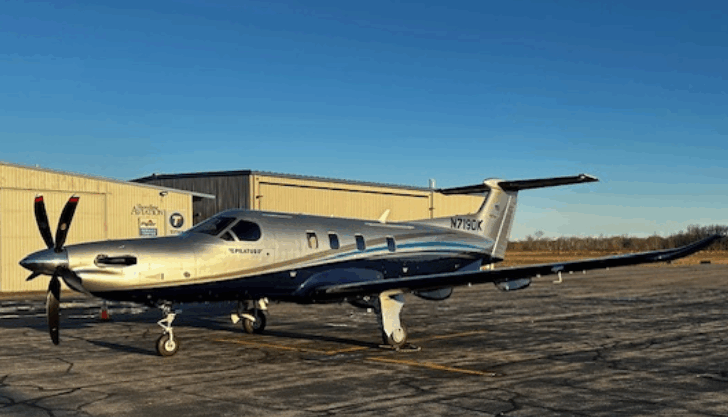Shoreline Aviation gets FAA approval for new Pilot Development Program

Shoreline Aviation spent the past year working directly with the FAA preparing for its approval of a Pilot Development Program. Few Part 135 operators have been awarded this approval from the FAA.
FAA Part 135 certificates are required for aviation companies to operate as non-scheduled air charter carriers.
Shoreline Aviation – the fixed base operator of Marshfield Municipal Airport (GHG) since 1981 – has created a Pilot Development Program for established captains to become mentors to pilots aspiring to fly jets. This program involves specific training in the development and growth of leadership skills. It utilizes a checklist and procedures for operating a single-pilot aircraft as a two-pilot aircraft, essentially establishing Captain and Second in Command (SIC) roles and responsibilities.
At Shoreline (www.shorelineaviation.net), this Pilot Development Program will utilize the Pilatus PC-12 turboprop aircraft in its charter fleet. Under the PDP, the pilot flying the right seat in the cockpit would be able to log time as SIC. Previously, those pilots could not log this valuable flight time in building their careers.
Captains will gain special mentoring and leadership skills and must have served as a Pilot in Command (PIC) at Shoreline for at least six months before applying for the role. They also must complete subsequent PIC PDP mentorship training every 36 months.
To achieve captain status, a pilot must have a minimum of 1,200 hours of flying time.
SICs will learn skills necessary to be part of a professional two-pilot crew, including training in normal and abnormal procedures. And PDP pilots will use the same skills and operating procedures used in Shoreline’s expanding fleet of Citation XLS+ jet aircraft.
Shoreline Aviation is now building its own bench of future jet pilots. Their pilots would be trained the Shoreline way, following Shoreline procedures, and ensuring that Shoreline’s safety culture is strictly followed. This benefit could also help draw topflight applicants for piloting positions.
Back to News